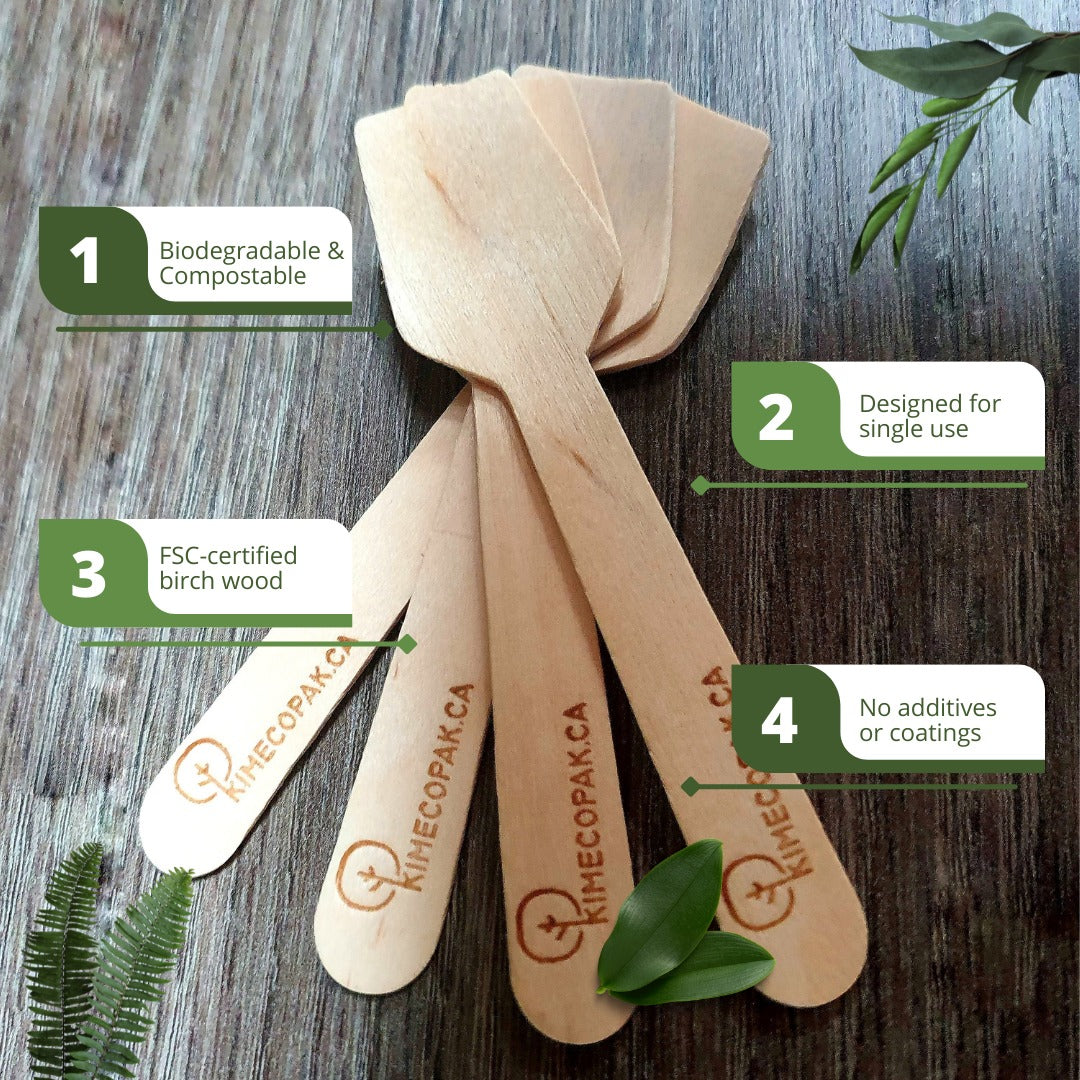When it comes to healthy, Instagram-worthy breakfasts, two options dominate the spotlight: acai bowls and smoothie bowls. Both are colorful, customizable, and packed with superfoods, but they are not the same. Understanding the difference between an acai bowl vs smoothie bowl can help you choose the right option for your taste, nutrition goals, and lifestyle. From ingredients and texture to health benefits and toppings, this guide breaks down everything you need to know to make the best choice for your next bowl.
What Is a Smoothie Bowl?
A smoothie bowl is a thick, spoonable blend of frozen fruits or vegetables served in a bowl and topped with a variety of nutritious ingredients. Unlike a drinkable smoothie, the texture is thick enough to hold toppings like sliced fruit, seeds, granola, or nut butter.
While the modern smoothie bowl trend exploded in the wellness community over the last decade, its origins are often traced to Mediterranean and Eastern cultures, where blended yogurt-based or fruit-based bowls have long been consumed as light meals or snacks.
One of the defining features of smoothie bowls is their base flexibility. You can blend virtually any combination of:
-
Frozen fruits (e.g., banana, mango, berries)
-
Leafy greens (e.g., spinach, kale)
-
Yogurt (dairy or plant-based)
-
Protein powders or nut butters
This customizability makes smoothie bowls adaptable for various dietary needs, including vegan, high-protein, low-sugar, or gluten-free lifestyles.

Key Differences: Acai Bowl vs Smoothie Bowl
While acai bowls and smoothie bowls may look similar, there are key differences in ingredients, texture, flavor, and how they’re made.
Texture
-
Acai bowls are typically thicker, often described as sorbet-like, due to the frozen acai puree used as the base.
-
Smoothie bowls are slightly looser in texture, often blended with more liquid (like almond milk or yogurt) for easier blending.
Base Ingredients
-
Acai bowls rely on frozen acai puree as the primary ingredient, sometimes blended with banana or berries.
-
Smoothie bowls offer more flexibility, allowing you to use a wide range of fruits, vegetables, dairy or plant-based yogurt, and protein powders.
Flavor & Color
-
Acai bowls have a distinct tart, earthy flavor with dark berry and chocolate-like notes, giving them their signature deep purple color.
-
Smoothie bowls vary in both flavor and color depending on the ingredients used, ranging from sweet and tropical to green and detox-focused.
Accessibility
-
Smoothie bowls are generally easier to make at home using common pantry ingredients.
-
Acai bowls often require specialty ingredients, particularly frozen acai puree packs, which may not be available in all grocery stores.

Nutritional Comparison Between Acai Bowls and Smoothie Bowls
Both acai bowls and smoothie bowls offer nutritional benefits, but their profiles can differ depending on how they’re prepared.
Calories & Sugar
-
Acai bowls can sometimes be higher in calories and sugar, especially when sweetened acai puree and multiple toppings like granola, honey, and dried fruit are added.
-
Smoothie bowls allow for better portion control over sweeteners and calories, particularly when made with unsweetened yogurt and low-sugar fruits.
Antioxidants
-
Acai bowls are rich in anthocyanins, powerful antioxidants that support heart and brain health.
-
Smoothie bowls can provide a diverse range of antioxidants from fruits like blueberries, strawberries, spinach, or kale.
Macro-Nutrients
-
Smoothie bowls can be tailored to provide a balance of macronutrients, including protein, fiber, and healthy fats, especially when blended with yogurt, nut butters, or seeds.
-
Acai bowls are generally higher in carbohydrates and fiber, with modest protein and fat unless toppings are added to boost those macros.
Customization
-
Both bowls can be easily customized to align with specific dietary goals:
-
Low-sugar: Use unsweetened ingredients and limit sugary toppings
-
High-protein: Add Greek yogurt, protein powder, or hemp seeds
-
Plant-based: Use dairy-free yogurt, nut milks, and vegan toppings
-
High-fiber: Blend in chia seeds, flaxseed, or oats
-
Toppings & Presentation
Toppings play a major role in elevating both the nutrition and visual appeal of acai bowls and smoothie bowls. Whether you're building your bowl at home or ordering from a café, the right toppings can add crunch, flavor, and functional health benefits.
Shared Toppings for Acai Bowls and Smoothie Bowls
Many toppings are versatile enough to be used on both types of bowls, including:
-
Granola – adds crunch and fiber
-
Nut butters (peanut, almond, cashew) – adds healthy fats and protein
-
Chia seeds, flaxseeds, hemp hearts – support digestion and omega-3 intake
-
Fresh fruit (bananas, strawberries, blueberries, kiwi) – adds vitamins and natural sweetness
-
Shredded coconut or coconut flakes – offers tropical flavor and texture
These staples not only enhance taste but also boost nutrient density.
Specialty Toppings for Each Bowl Type
Depending on the base, certain toppings complement each bowl better:
Acai Bowl Toppings
-
Cacao nibs – pair well with acai’s earthy, chocolate-like notes
-
Goji berries – add chewy texture and extra antioxidants
-
Bee pollen, agave drizzle, or granola clusters – common in café-style acai bowls

Smoothie Bowl Toppings:
-
Leafy greens (blended into the base or added as garnish) – for detox or green bowls
-
Protein powders or Greek yogurt – ideal for post-workout nutrition
-
Pumpkin seeds or sunflower seeds – low-carb crunch options
Well-layered toppings not only enhance nutritional value but also create the “Instagrammable” bowl presentation that consumers love.
Health Benefits & Considerations
Both acai bowls and smoothie bowls offer strong nutritional value, but they must be approached thoughtfully, especially when consumed regularly or as meal replacements.
Acai Bowl Benefits
-
Rich in antioxidants, especially anthocyanins, which fight oxidative stress
-
Naturally high in fiber to aid digestion and satiety
-
Contains heart-healthy fats, including omega-3, 6, and 9
-
May support energy, brain function, and skin health
Caution: Sweetened acai bases or excessive high-calorie toppings (e.g., honey-drizzled granola) can make the bowl calorically dense and sugar-heavy, which may be counterproductive for certain diets.
Smoothie Bowl Benefits
-
Highly customizable: Ideal for those seeking added protein, greens, or probiotics
-
Excellent for meal prep and nutrient timing (e.g., post-workout)
-
Can incorporate a wide range of ingredients to support specific health goals
-
Blended greens like spinach or kale add micronutrients without overpowering flavor
Caution: While they may appear healthy, some commercial smoothie bowls are made with juice bases, flavored yogurts, or sweetened nut milks, all of which can inflate sugar content. Likewise, large portion sizes and heavy toppings (e.g., multiple nut butters) can push calorie counts well beyond a typical meal.
General Consideration for Both
-
Always check ingredient labels when purchasing pre-made bowls
-
Aim for unsweetened acai puree or low-GI fruits
-
Watch for added sugars, syrups, and high-carb granolas
-
Prioritize whole food toppings and balanced macros
FAQs About Acai Bowl And Smoothie Bowl
What’s the difference between acai bowl and smoothie bowl?
An acai bowl uses frozen acai puree as its base, while a smoothie bowl blends various fruits or greens. Acai bowls are thicker and have a unique tart, earthy flavor.
Is an acai bowl healthier than a smoothie bowl?
Not necessarily—both can be healthy. Acai bowls are high in antioxidants, while smoothie bowls offer more flexibility with protein, greens, or low-sugar ingredients.
Which bowl has more sugar?
Acai bowls often have more sugar, especially if sweetened puree or sugary toppings are used.
Can I substitute acai puree in a smoothie bowl?
Yes, acai puree can be blended into a smoothie bowl for added antioxidants and flavor.
How do I get a thicker consistency in bowls?
Use frozen fruits and minimal liquid. Add ingredients like banana, avocado, or Greek yogurt to thicken the blend.
Are smoothie bowls good for weight loss?
Yes, if portion-controlled and made with low-sugar fruits, protein, and fiber-rich toppings.
Is acai bowl gluten-free and vegan?
Typically yes, as long as the acai base and toppings don’t include gluten or animal products. Always check ingredients.
Conclusion
Whether you prefer the antioxidant boost of acai or the flexibility of a smoothie blend, both bowl options offer delicious, nutrient-rich ways to start your day. The key to choosing between an acai bowl vs smoothie bowl lies in your personal health goals, flavor preferences, and the ingredients you have on hand. With the right balance of whole foods and smart toppings, either option can be a satisfying, energizing meal. Use this comparison as a guide to build the perfect bowl that works for your body and your lifestyle.







